A MICROSCOPIC LOOK AT THE SONORASAURUS SITE, COCHISE CO., ARIZONA
Richard Hill
Lunar & Planetary Lab., Univ. of AZ
Ron Ratkevich
Paleontologist, Arizona-Sonora Desert Museum
This paper was given at the Fossils of Arizona Conference, Nov., 1996
and published in the proceedings of that conference, available from
the Mesa Southwest Museum in Mesa, Arizona.
ABSTRACT
This is a report on the microscopic examination of samples on
loan from the Arizona-Sonora Desert Museum (ASDM) of the
Cretaceous (Albian-Cenomanian), Turney Ranch Formation,
"Sonorasaurus" site. The site, in the Whetstone Mountains,
Cochise Co., Arizona, is currently being excavated under the
direction of the ASDM. A lack of microfossils in the coarse
sandstone matrix led to an examination of bone chips contained in
the loaned samples. Thin sections of these bone fragments were
made and compared to other such sections from known dinosauria in
an attempt to determine if bone histology could aid in the
taxonomic classification of "Sonorasaurus."
INTRODUCTION
Thayer & Ratkevich (1995) have detailed the work being done on,
and the then current state of analysis of the "Sonorsaurus"
(field designation) in the middle Cretaceous, Albian-Cenomanian
age, Turney Ranch Formation being excavated near the Whetstone
Mountains, Cochise Co., Arizona. Shortly after the Fossils of
Arizona Symposium, 1995, it was proposed by Ratkevich that a
search for microfossils be conducted in the matrix of this site
to verify the age.
The Turney Ranch Formation beds at this site are composed of
coarse to fine grained sandstone. It has been described in detail
in several publications. Tyrrell (1957); Titley (1968); Thayer
(1995).
Material was received by Hill from Ratkevich and the ASDM on 22
April, 1996. The loaned samples consisted of 6 pieces and some
small fragments that had broken off in transit, with a total
weight of 6.7 kg. They were mostly matrix with some bone
fragments included (largely periosteum that adhered to the
matrix).
PART I
PROCEDURE
Work was begun immediately using techniques outlined in Jones
(1956). Three samples of approximately equal weight (400-500 g)
were broken up. Two were immediately disaggregated. One sample
was treated with a weak solution (approx. 3%) of muriatic acid.
It was soaked for one hour, then thoroughly washed and sieved.
The other was boiled for several hours (in a microwave oven) with
a high molecular weight soap (Quaternary-O), thoroughly washed
and sieved. Both produced very similar results. The third sample
was, at a later date, soaked in a room temperature solution of a
different high molecular weight soap, Eldorado Amine Q-O, for
about two weeks. It was washed like the former samples.
Two of the samples, the two soaked in soap solutions, were
weighted by sifted grades. The results can be seen in Table 1.
Though the samples selected were only of approximate weight prior
to reduction, they were within 3 grams afterwards. No attempt was
made to capture soil smaller than 0.11 mm (110 microns). This
becomes important later.
=================================================================
TABLE 1
_________________________________________________________________
Screen Avg. Weight % Comments
Grade Size (grams) of
(mm) Total
-----------------------------------------------------------------
Sample 1 -
#5 >5.1 44.75 23.2 Mostly conglomerations
of grains with tiny bone
chips
#5-10 3.4 12.76 6.6 Some conglomeration of
grains and tiny bone
chips
#10-35 1.1 42.08 21.8 fully reduced grains
#35-60 0.54 72.65 37.7 " "
#60-120 0.28 16.06 8.3 " "
#120-230 0.14 4.39 2.3
Sample 2 -
#5 >5.1 44.00 23.1 Mostly conglomerations
of grains with tiny bone
chips
#5-10 3.4 12.41 6.5 Some conglomeration of
grains and tiny bone
chips
#10-35 1.1 41.33 21.7 fully reduced grains
#35-60 0.54 72.90 38.3 " "
#60-120 0.28 15.71 8.3 " "
#120-230 0.14 4.04 2.1
=================================================================
RESULTS
What is immediately obvious from the table is that the median
particle size is about half a millimeter, with over half of each
sample (by weight) between 0.4-2.5 mm.
Polarization showed the composition of the sandstone was largely
quartz and feldspar with an admixture of a number of other
elements that were not individually determined.
To date, this careful reduction and picking through about 600
grams of raw rock has produced little and no unambiguous
microfossil fauna. The most interesting find is a small coprolite
consisting of tiny bone fragments.
Suggestions were made that palynology be done with this material.
Present laboratory conditions do not permit the use of the acids
necessary for such reduction nor are there means readily
available for the retrieval of sediments below an average
particle size of 140 microns.
PART II
As the search for microfossils continued to yield little,
attention turned to the encased bone fragments. Preliminary
classification of "Sonorasaurus" was based on fragmentary,
unprepared skeletal elements. An initial determination that the
specimen represented a sauropod (Ratkevich 1994) became suspect
when E.H.Colbert suggested hadrosaur affinity (Colbert 1995) and
later, a possible relationship to therizinosaurs was presented
verbally by D.W.Thayer at this Symposium in 1995. Thayer's
determination was based on what appeared at first to be a large
manus claw, since determined to be a chevron. This was the only
time "Sonorasaurus" was considered a carnosaur. Examination of
the remains by several paleontologists, including elements not
available a year ago, have again suggested that "Sonorasaurus" is
a sauropod. However, to date no teeth have been recovered for
this dinosaur adding to taxonomic uncertanties. It was hoped a
comparative microscopic study of bone specimens from this and
some other dinosauria could help shed some light on the taxonomy
of "Sonorasaurus".
There were two fossilized bone tissues found in the loaned matrix
samples. These consisted of the periosteum of several larger
bones that adhered to the rock when large bones were removed and
several centimeter sized and smaller pieces of dense bone. There
is little doubt that the bone is indeed from "Sonorasaurus". Some
of the pieces were that which had apparently remained from
excavation of the long bones of "Sonorasaurus". Slices were made
of the dense bone and thin sections were made using methods
described in Allman & Lawrence (1972). Though only small amounts
of the bone were available, the quality was very good. Fragments
of other identified (albeit often poorly) dinosaur bone were
obtained for comparisons and thin sections made in similar
manner. In all over two dozen thin sections were made.
Terminology and descriptions of bone elements have been described
elsewhere, Reid(1966), Fastovsky & Weishampel(1966), and will not
be again defined here. Examination of the thin sections showed
that all samples of "Sonorasaurus" displayed Haversian Systems
and in several thin sections, reconstruction to cancellous bone
could also be seen. No unambiguous periosteum was found in
contact with the dense bone fragments and in most cases dense
bone was found in direct contact with the matrix. Thin sections
of the comparison bones (Allosaur, Apatosaur, several
indeterminate Jurassic sauropods, an indeterminate Hadrosaur and
a Ceratopsian) displayed a wide variety of bone types. Only those
that showed Haversian systems or dense bone are presented as
comparisons here.
There were two methods used in evaluating the thin sections, the
qualitative and quantitative. Morphologically there was only one
specimen that had an appearance similar to "Sonorasaurus" bone,
the thin section labeled sp1. This was an indeterminate sauropod
from the Morrison Formation of Colorado. Not satisfied with a
simple visual comparison Hill measured the minor axis of 20
randomly picked secondary osteons in most of the slides and
obtained the results shown in Table 2. Of the three best samples
of Apatosaur, Hadrosaur and the indeterminate Sauropod from the
Morrison Formation, the latter showed the closest size
correlation to secondary osteons of "Sonorasaurus". There was a
slight statistical sampling difference in that four
"Sonorasaurus" sections were sampled while only one Apatosaur,
one of the indeterminate Sauropod, and two of the ideterminate
Hadrosaur were sampled. This was not felt to be significant when
these results were taken in consideration with the qualitative
morphological examination.
TABLE 2
Measurements of secondary osteons
________________________________________________________________
Bone Sample # Mean +/- Comments
----------------------------------------------------------------
"Sonorasaurus" sn1 0.35 0.08
" sn2b 0.28 0.07
" sn4a 0.29 0.09
" sn3b 0.31 0.11
Mean 0.31 0.08
Apatosaur ap1 0.24 0.06
indeterminate Sauropod sp1 0.29 0.06
sp4 0.27 0.05
Allosaur al1 0.38 0.11 not Haversian?
Hadrosaur hd1 0.35 0.09
hd3 0.37 0.18
Ceratopsian ct3 0.31 0.08 not Haversian?
ct4 0.33 0.05 "
----------------------------------------------------------------
These results are, in a word, inconclusive. The closest match was
the indeterminate Sauropod long bone from the Morrison Formation
but that is not without qualifications: 1) the bone is of a time
period well before the Albian, 2) we do not absolutely know from
what type of bone the "Sonorasaurus" sample came though it
appears to be bits remaining from long bones extracted from the
same rocks, and 3) there is a possible bias in the respective
qualities of preservation of all the different samples used.
This experiment was conducted on a personal budget with those
samples that could be readily acquired. It would be highly
desirable for this experiment to be repeated using the following
constraints and guidelines:
1.) All samples be either rib, long bone, or vertebrals, but not
a mix, from identified adults.
2.) All samples come from the middle of the Cretaceous,
specifically the Albian/Cenomenanian if possible.
3.) Five types be sampled: brachiosaur, titanosaur, hadrosaur,
iguanodont, and nodosaur.
ACKNOWLEDGEMENTS
The following persons graciously donated samples for this work:
Alan & Carol Prandi, and Japheth B. Boyce.
The first author wishes to thank the Arizona-Sonora Desert Museum
for including him in this exciting project.
References:
Allman, Michael, and Lawrence, David F., (1972) Geological
Laboratory Techniques, ARCO Pub. Co., Inc, New York
Colbert, E.H., (1995) Personal communication to Ratkevich
Fastovsky, David E., and Weishampel, David B., (1996) The
Evolution and Extinction of the Dinosaurs, Cambridge Univ. Press,
N.Y.
Jones, Daniel J., (1956) Introduction to Microfossils, Harper &
Brothers, p.7-18.
Ratkevich, R., see Thayer, D.W. (1995)
Reid, R.E.H., (1996) "Bone Histology of the Cleveland-Lloyd
Dinosaurs and of Dinosaurs in General, Part I: Introduction:
Introduction to Bone Tissues", Brigham Young Univ. Geological
Studies, Vol.41.
Sattler, Hellen Roney, (1983) Dinosaur Dictionary, Lothrop, Lee &
Shepard Books, New York.
Thayer, D.W., Ratkevich, R.P., (1995) "In-Progress Dinosaur
Excavation in the Mid-Cretaceous Turney Ranch Formation,
Southeastern Arizona.", Fossils of Arizona - Vol. III,
Proceedings 1995, Southwest Paleontological Society and Mesa
Southwest Museum, Mesa, AZ.
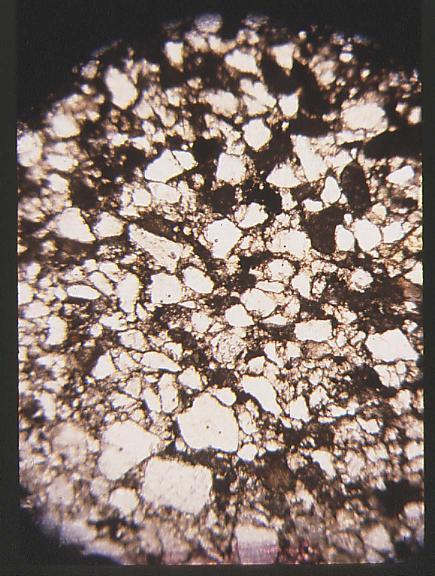
fig.1 Slide sn1 - Matrix showing the structure of the Turney Ranch
Formation at the "Sonorasaurus" site. 20x
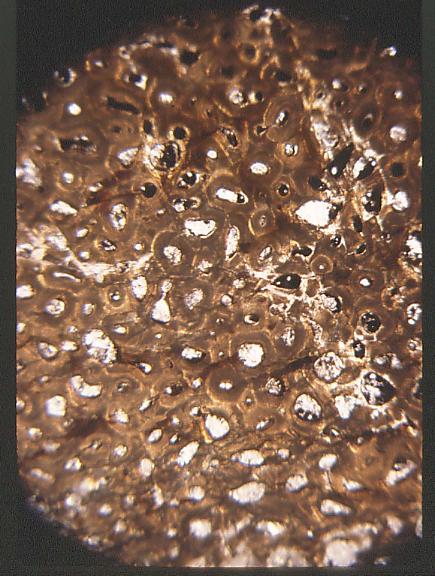
fig.2 Slide sn1a - "Sonorsaurus" secondary cancellous bone
replacing Haversian bone. 20x
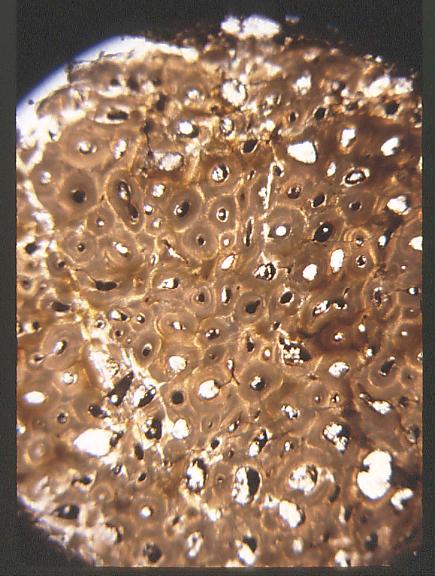
fig.3 Slide sn1b - Region adjacent to sn1a showing mostly compact Haversian bone with some cancellous bone replacement. 20x
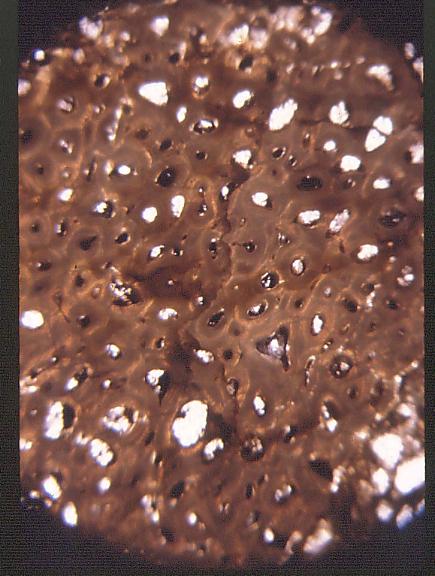
fig.4 Slide sn1c - Region adjacent to sn1b showing mostly dense Haversian systems. 20x
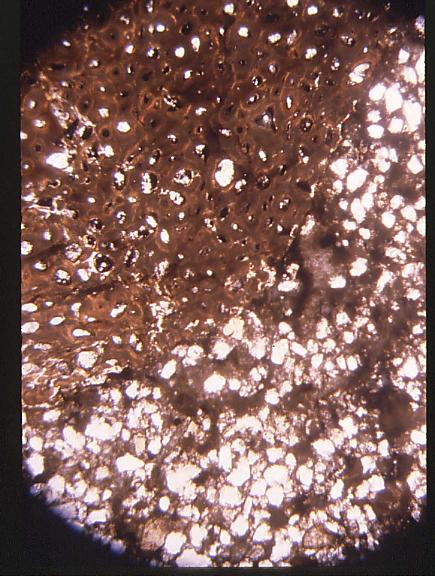
fig.5 Slide sn1d - Region including much of and adjacent to sn1c, the contact of compact Haversian bone with the matrix. Note the lack of periosteum with dense bone in direct contact with the matrix. 13.5x
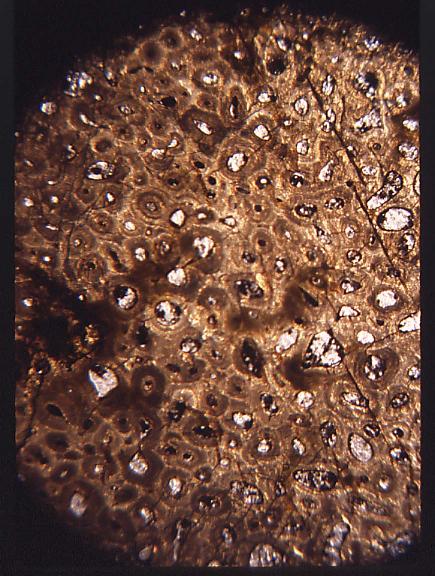
fig.6 Slide sn2a - Haversian bone grading into cancellous replaced bone. 20x
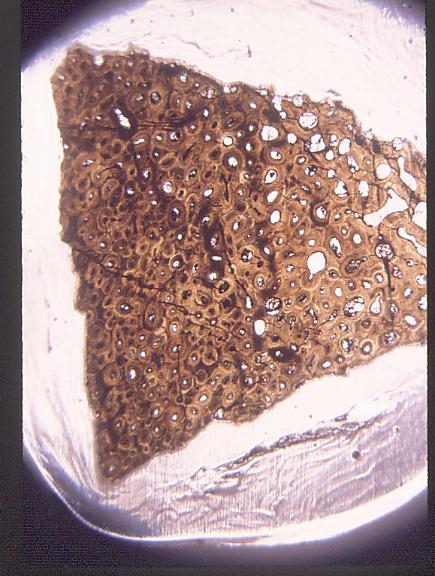
fig.7 Slide sn2b-a - The whole bone piece about 5mm long showing compact Haversian bone and the base grading into cancellous bone at the apex. Note again the lack of periosteum on any perimeter. 13.5x
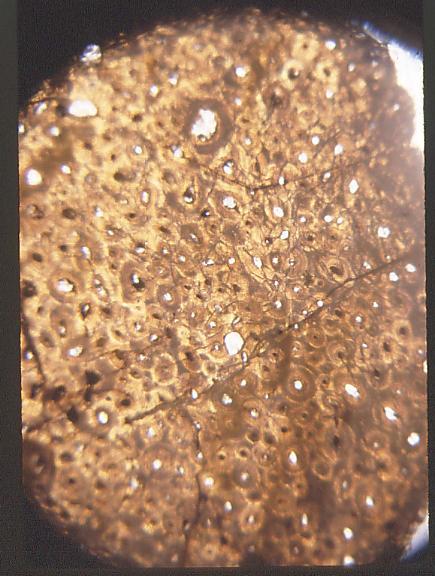
fig.8 Slide sn3a - Compact Haversian bone with some reconstruction. 20x
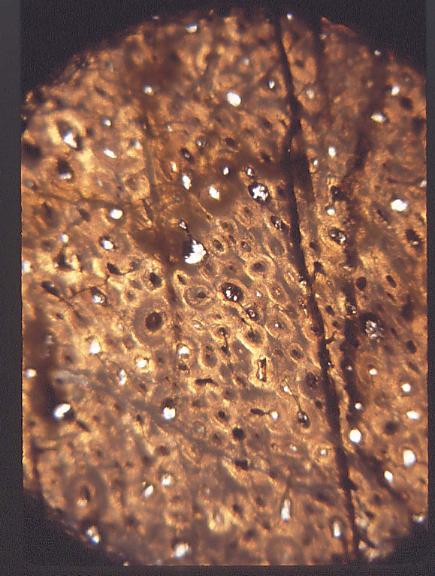
fig.9 Slide sn3b - More compact Haversian systems. 20x
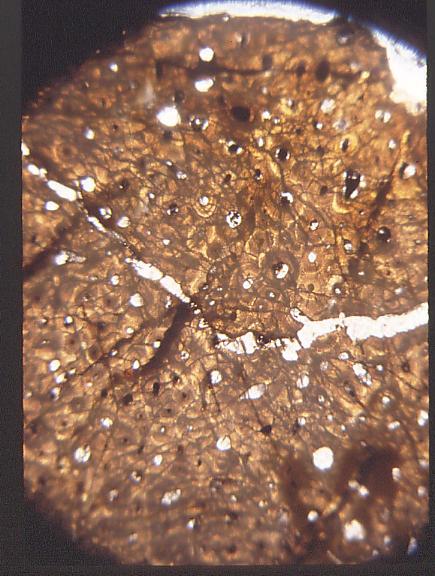
fig.10 Slide sn3c - Mostly compact Haversian bone with possible primary osteons in one corner. 20x
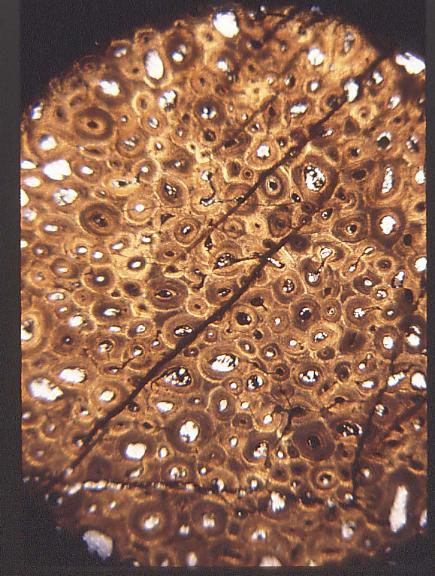
fig.11 Slide sn4a - Compact Haversian bone with some reconstruction to cancellous. Note internal structure of secondary osteons. 20x
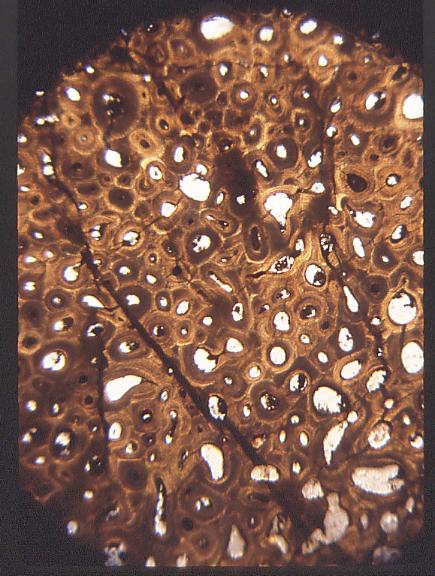
fig.12 Slide sn4b - Secondary cancellous bone replacement of Haversian bone. 20x
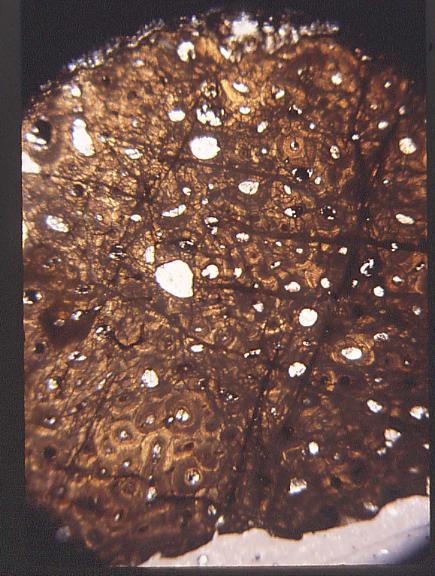
fig.13 Slide sn5a - Secondary cancellous bone replacement of Haversian systems. 20x
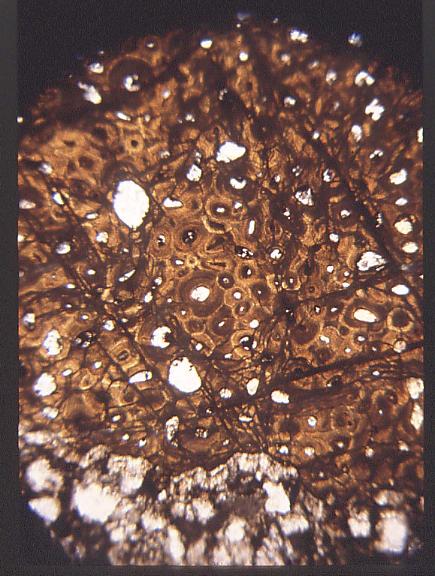
fig.14 Slide sn5b - Contact between compact Haversian bone with matrix. Note again, no periosteum. 20x

fig.15 Slide ct4 - Ceratopsian haversian systems surrounded by cancellous bone.These were the only secondary osteons seen in any of the Ceratopsian specimens. 20x

fig.16 Slide al1 - Allosaur, probably Compacted coarse cancellous bone. Most likely not long bone. 20x
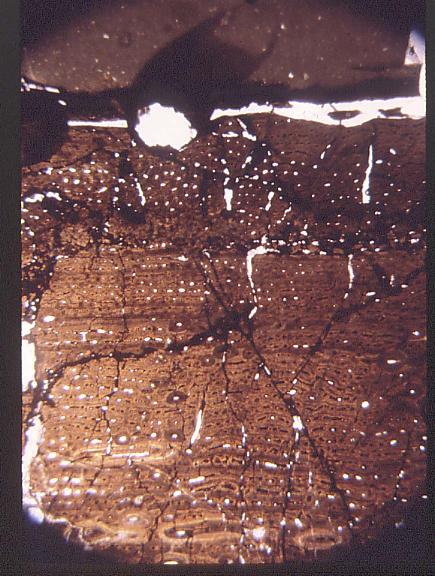
fig.17 Slide ap1-a - Apatosaur long bone showing siltstone matrix in contact with periosteum followed by lamellated bone. Some secondary osteons enclosed in the lamellated bone. 13.5x
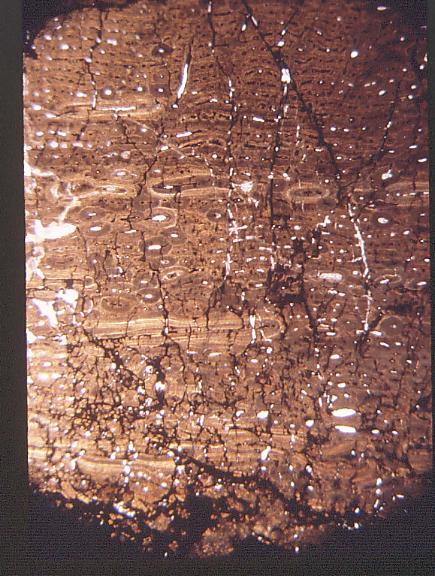
fig.18 Slide ap1-b - Apatosaur long bone as above but further toward center of bone, with more secondary osteons in lamellated bone. 13.5x
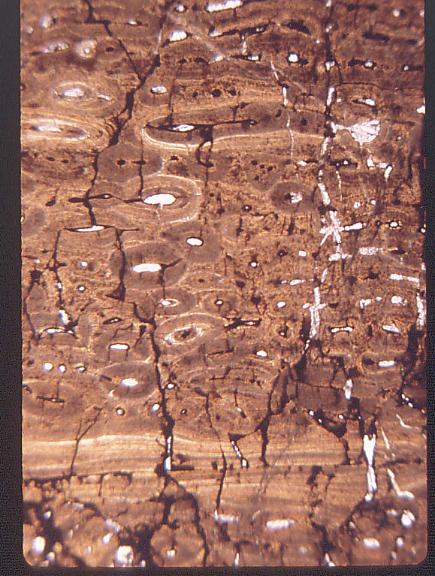
fig.19 Slide ap1-c Apatosaur long bone with a closer look at secondary osteons of ap1-b. 20x

fig.20 Slide sp1 indet. Sauropod haversian bone with some reconstruction to cancellous. 20x
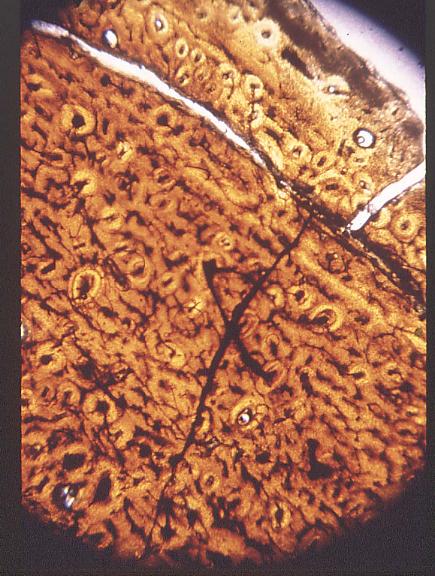
fig.21 Slide had1 - Long bone of ideterminate Hadrosaur from the Lance Creek Fm.
of Wyoming. Fibro lamellar bone with periosteum. 20x
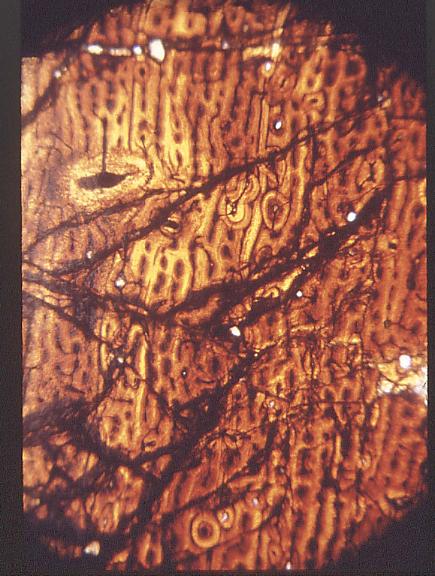
fig.22 Slide had3-a - As fig.21 - some secondary osteons seen. 20x
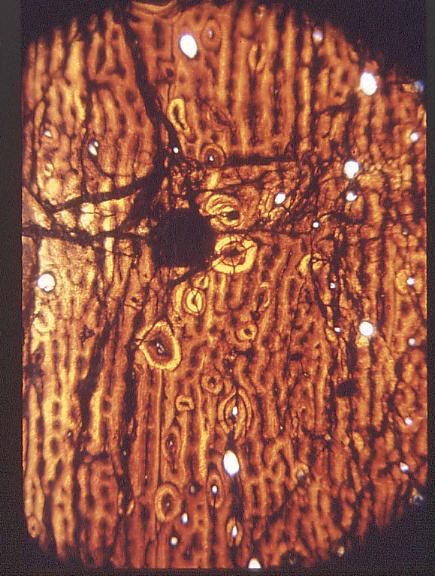
fig.23 Slide had3-b - As fig.21 - with well defined secondary osteons. 20x
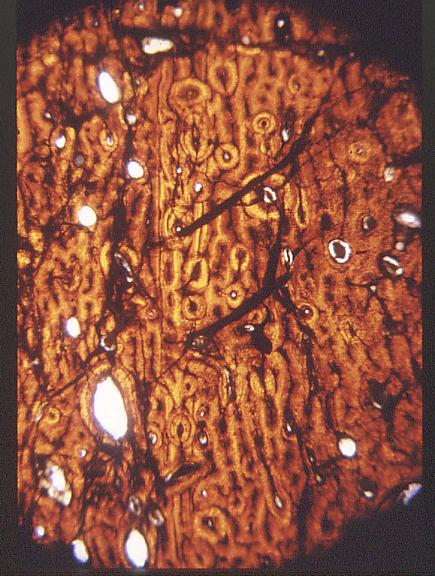
fig.24 Slide had3-c - As fig.21 - with secondary osteons and some reconstruction to cancellous bone. 20x
For questions contact:
rhill24@cox.net
---END---























